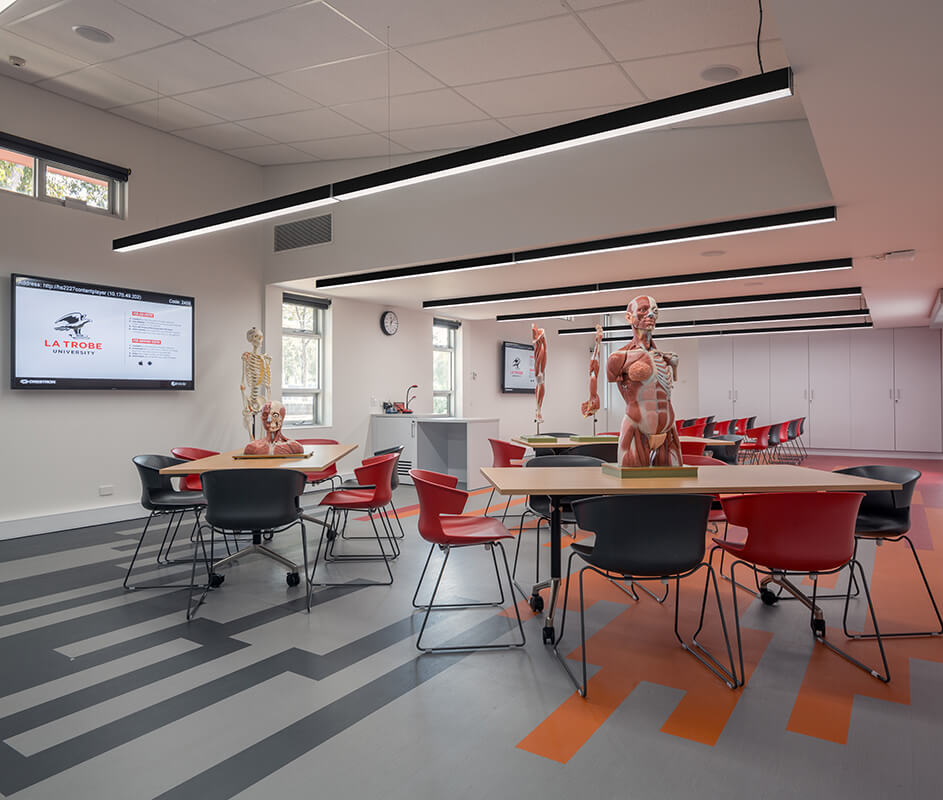Why it matters: Studying the astonishingly complex human body is a rather noble and significant undertaking on the part of anatomy, a branch of biology that Australia's La Trobe University is looking to complement through the use of virtual and augmented reality technologies. While education has evolved and benefited from digital innovations in numerous ways, the university is looking to boost students' spatial awareness, accessibility, and explorative learning through better visualization and instruction of anatomy enabled by VR and AR.
La Trobe University will use the next 12 weeks to teach second-year anatomy students through VR and AR tools instead of textbooks.
On-campus, access to HTC VR headsets will help in the visualization and manipulation of anatomical structures, while the same will be done off-campus through 24-hour access to three-dimensional anatomy images that will utilize AR capabilities of devices like an iPad.
"Augmented reality allows students to visualize and manipulate anatomical structures and develop a deep understanding," said Aaron McDonal, head of the university's anatomy discipline. "You can superimpose anatomical structures over a peer who can perform movements along with the app, to better understand muscle function," he observed, adding that this technology is a great resource for teamwork and self-directed learning.
The purpose of this test, McDonald told ZDNet, is to show the support for technology to students. "It also gives them the accessibility, mobility, and dexterity of using these resources so when they leave, they can feel they are confident to use it off campus as well," he added.
McDonald says that using AR technology also allows them to re-write and design group activity for anatomy in such a way that students can "work in groups with AR over iPads."
Another benefit comes in terms of cost, which now amounts to 10 AUD ($6.73) per student as compared to over 100 AUD ($67.33) for just one textbook. Bulk purchase of licenses also helped with reducing the expense, which would otherwise have cost nearly 40 AUD per student.
The university plans to expand the use of this technology to all anatomy courses across its campuses in Bundoora, Bendigo, and Albury-Wodonga, based on how students benefit from the tech and improve their marks and skills with the program.
Image Credits: H2O
